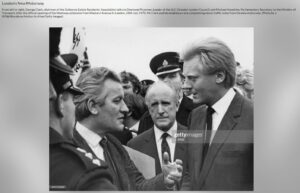The People’s Plans project recently invited four members of a community-led planning project in Dundee to a reunion – and to roll back the years.
In the 1980s, Laurie Bidwell, Bob Barnham, Steve Gillon and Jimmy Black and were at the forefront of several pioneering community projects in Dundee. On 1st August 2023, they got together in the city for the first time in over 20 years and recalled the victories and defeats in their efforts to challenge the established order. Dundee has popularly been known for “the three J’s” – Jute, Jam and Journalism – but Bob, Laurie, Jimmy and Steve also recalled that it was once described as “the Chicago of the North”!
This was a reference to a political culture tightly controlled by the local Labour Party and trade unions, drawing their power from Dundee’s industrial economy. But this was waning when the four men arrived in the city. Jobs were going: unemployment, poverty, poor housing conditions, drug addiction and the AIDS epidemic were rising. One response was the creation, in 1982, of the Dundee Inner City Neighbourhood Advice Centre, or “DICNAC”, with grants from central government’s Urban Programme.
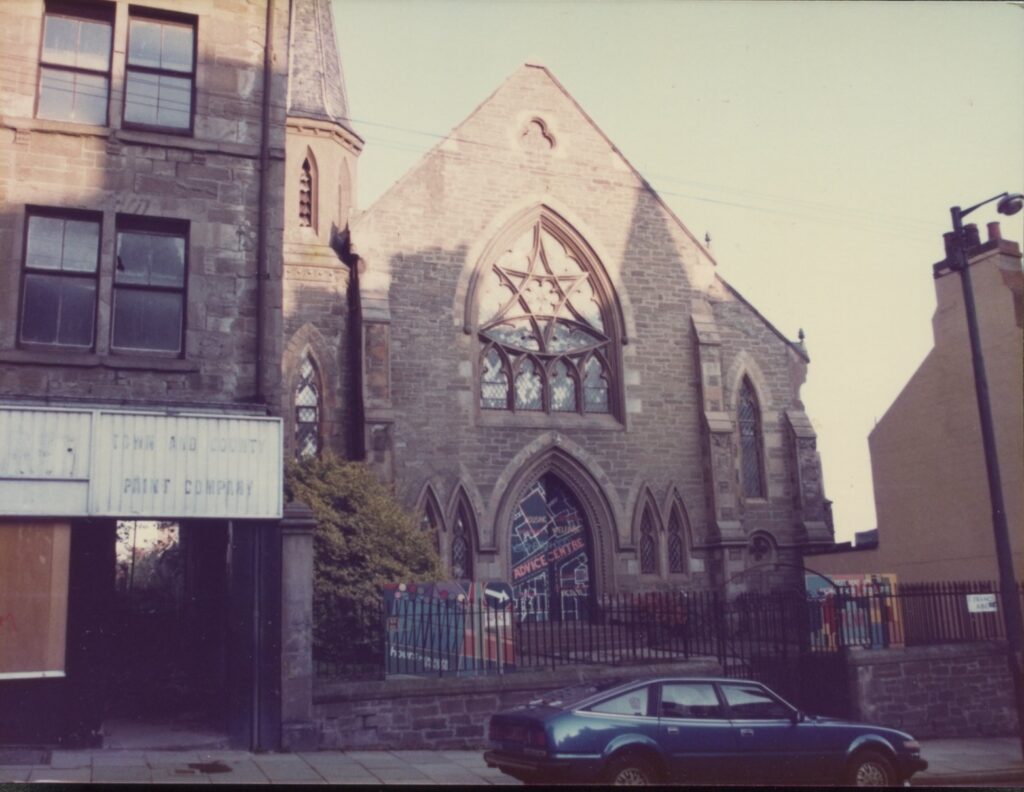
Laurie, Bob, Steve and Jimmy all came from other places and from a mixture of planning, architectural, policy and academic backgrounds. Bob, Steve and Jimmy were all drawn to the city to work for the newly established DICNAC which Laurie had played a key role in bringing about. All saw the centre as an outlet for their skills and hopes of making a difference to a community under growing pressure.
DICNAC was located in the Hilltown neighbourhood, immediately north of the city centre. The reunion group strolled around the area and recalled their activities, including some that were ahead of their time and are even more relevant today. The most obvious example was a successful home insulation and energy efficiency project that spun out of DICNAC when it closed in 1984 and eventually extended across the country. This employed scores of local people and was also an attempt to address poor housing conditions, exacerbated by Dundee’s sometimes severe weather. Then, as now, housing was a major concern. Another episode the group remembered was a successful campaign to have a badly designed, relatively new, council estate called the Derby Street Multis, demolished. Drawing inspiration from a similar programme in Glasgow, DICNAC launched the Bonnethill Advice Service which Jimmy managed. The service included welfare benefits, legal and housing advice, but extended to campaigns around sexual health. Bob and Steve also offered planning and technical aid to a range of community groups around the city and further afield.
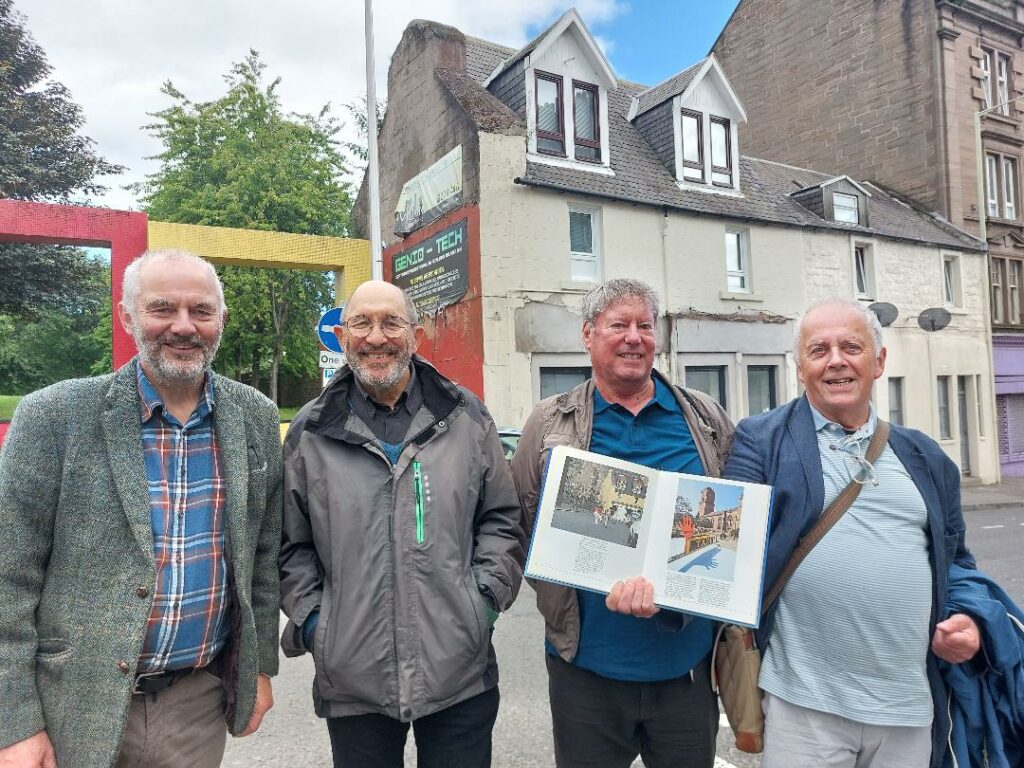
On a broader front, the group’s aim was to make local public services less bureaucratic and paternalistic and more responsive to local needs. But this brought DICNAC into conflict with some of the city’s political establishment, which was also becoming more concerned about a threat to its traditional dominance from the Scottish National Party (SNP). Some of these tensions played out around a DICNAC plan to redevelop the area around its base at Bonnethill church. The building had fallen into disrepair and was eventually demolished in 1988 and is now a park. At the request of the council, DICNAC suggested using some of the cleared site for new homes and community facilities, but this was perceived by some as a power and land grab, leading to a rhyme from opponents that went “DICNAC paddywack, push you from your home.” Meanwhile council officers weren’t keen to accept proposals they hadn’t developed themselves. This sense of suspicion of an “outsider” led to DICNAC losing its political support and funding. The DICNAC group moved on to other things, with Laurie and Jimmy later becoming city councillors, Bob moving to Edinburgh as a policy advisor and Steve continuing to work with the energy efficiency project, but no longer under the auspices of DICNAC.
Reflecting forty years later, over a pint in the Ladywell Tavern (which used to be an important place for Dundee politicking), the group agreed that although DICNAC had been relatively short-lived, it had done some important things, despite working in an increasingly hostile political environment. They even reminisced about DICNAC putting together a team that appeared in a popular Scottish TV quiz show!
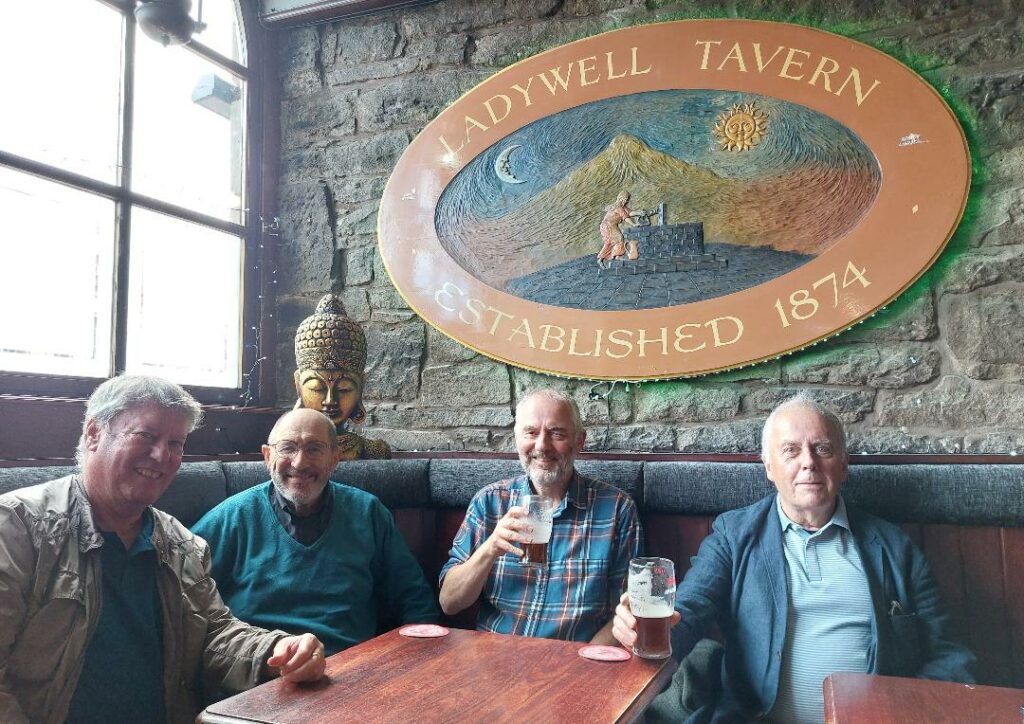
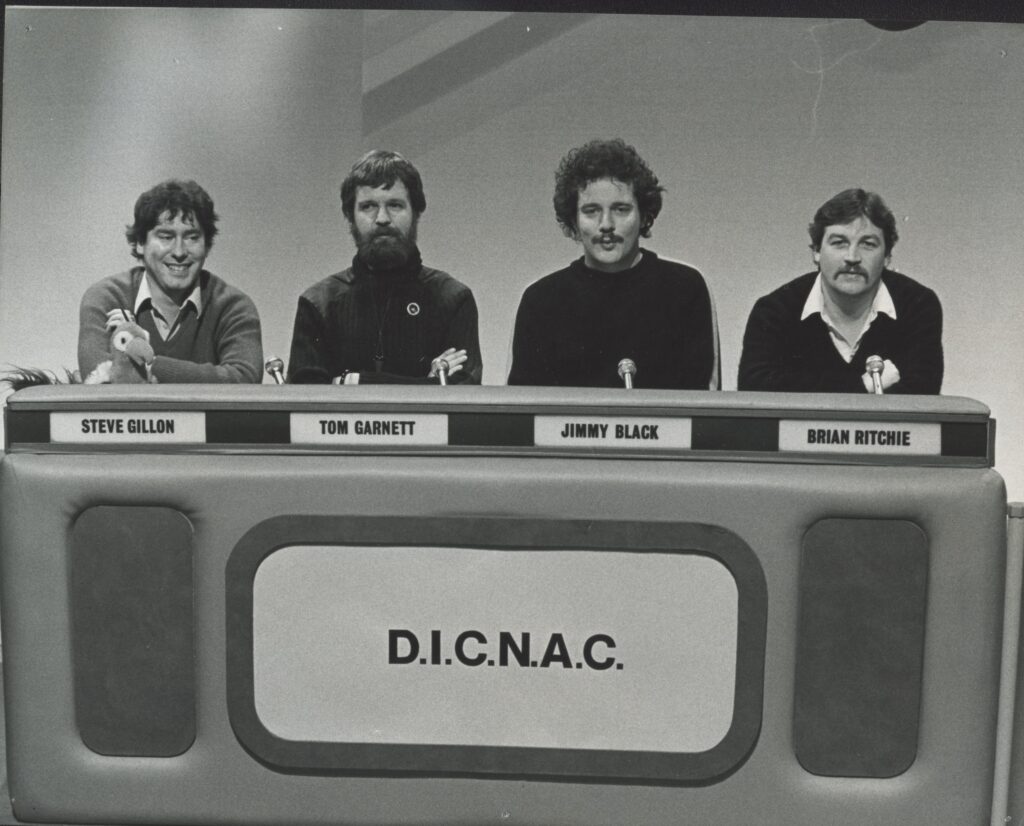
This was a unique feature of DICNAC’s history, but other themes resonate with experiences in other places from the community-led planning movement of the period, including the volatility of grant funding and political support. Like similar projects, the background to DICNAC’s activity was deindustrialisation and the political response to it. Four decades later, many of the same issues DICNAC and its kind confronted remain and may have worsened, but the potential for grassroots interventions – and the money to support them – appear to have receded.

